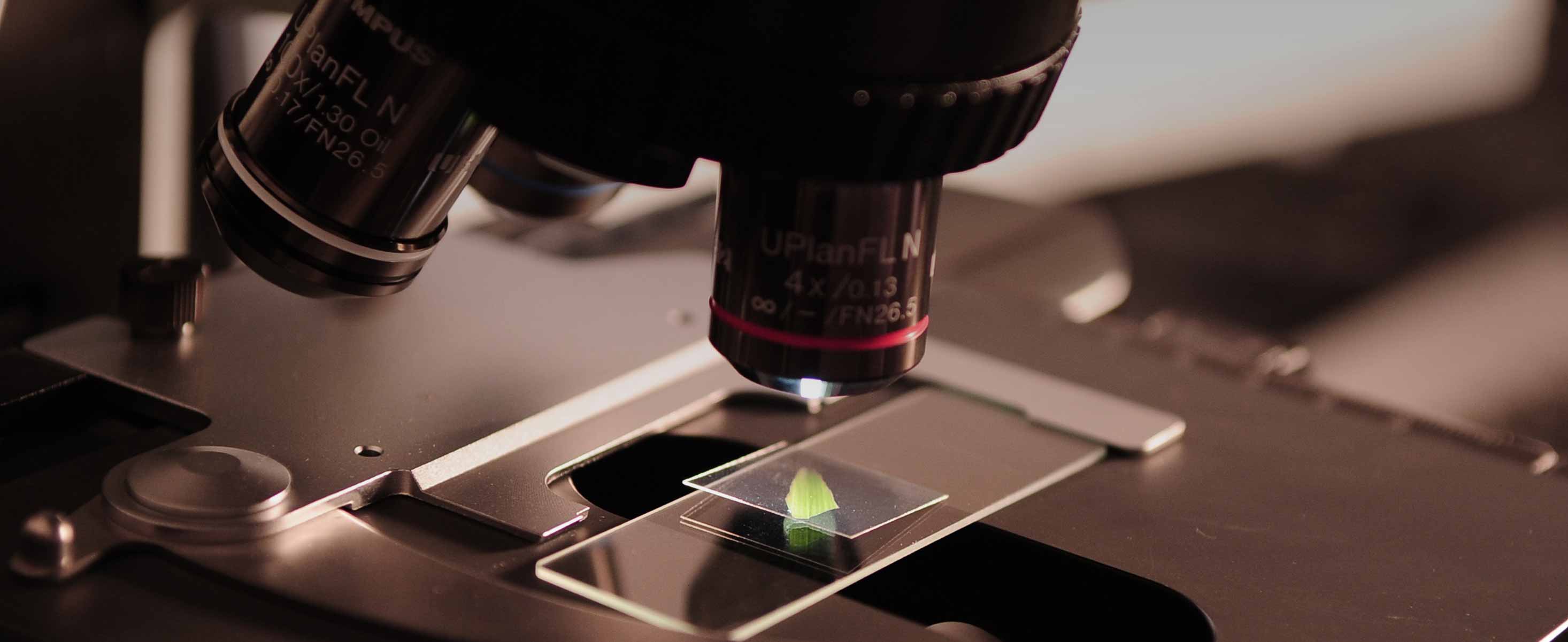
3 minute read
Tips for Adjusting Your Combine
Tips for Adjusting Your Combine
By Tim Stombaugh, Ph.D., PE Extension Professor Machine Systems Engineering
Advertisement
Getting the best performance from your combine means dollars in the bank. Here are a few quick tips to help you adjust your combine so you put more grain in the tank.
When setting up the combine, start with the manufacturer’s recommendations for your machine and crop. Your manufacturer wants that combine to work as well as you want it to work. They want happy customers so they will sell more combines.
Start From the Front
When it comes to fine-tuning the combine, always start from the front of the combine. For instance, if you notice a lot of trash in the clean grain, the first reaction might be to close the sieves a bit or increase fan speed. The problem
might actually have been caused by the header feeding the grain in slugs rather than feeding it smoothly. This could cause the cylinder to break up the plant material more, which would provide extra loading on the cleaning shoe, making it harder to clean the grain. Seek the root cause of the problem rather than treating a symptom.
Study Your Crop
When starting from the front, you first should become a student of your crop. Identify different factors that will affect how easy it should be to thresh. What is the moisture content, and how do you expect it to change across the field and throughout the day? What is the condition of the stalks, i.e., do you expect more trash going through the combine? Will you encounter any hybrid changes in the field? Anticipating these potential changes will help you be ready to make subtle changes as necessary.
Don’t Lose Grain
The header is the first thing to actually engage the crop. Make sure that you are not losing grain before it ever gets into the combine. Adjust reel speed, gathering chain speed,

stripper plate clearance, etc., to ensure that the crop is gently pulled into the header without shattering the grain on the ground. Then check cross auger or draper adjustments to ensure as smooth of a crop flow as possible. Any bunching or slug flow will hamper the performance of the rest of the combine.
The feeder house delivers the crop from the header to the threshing unit. It should generally be operated faster than the header to spread out and further smooth the grain flow. If the clearance is adjustable, make sure it is appropriate for the amount of crop flow and that it does not cause any bunching or tangling.
Controlling the Flow of Material
Most operators are fairly comfortable making clearance and speed adjustments to the cylinder on the combine. The clearance, in general, controls the material flow through the combine; cylinder speed affects the threshing aggressiveness. If there is an excess of grain damage or broken up straw and cobs, you might need to open up the clearance and/or slow down the cylinder. If there are unthreshed grains going out the back, you may need to speed it up and/or close down the clearance.
Good operation of the feeding and threshing will actually help the cleaning shoe operate
much more effectively. If a high percentage of the grain is separated through the concave and there is not an excess amount of broken up trash hitting the shoe, it will be much easier to clean the grain. The sieve openings can be adjusted to the grain size, and the fan speed can be adjusted to remove as much of the light trash as possible without losing grain. When all of these systems are working well, there should be minimal tailings being sent back through the cylinder.
Run at or Near Capacity
Remember that the combine is designed to work best when it is running near capacity, so adjust forward speed as much as possible to keep the combine full.
In short, always remember to start from the front of the combine when you need to make adjustments. Think about how a change could affect each of the downstream processes. Make one adjustment at a time and evaluate its effect. Careful attention to detail can pay big dividends at the elevator!
Tim Stombaugh, Ph.D., PE, is an Extension Professor in Machine Systems Engineering.

DON’T FORGET TO SAVE THE DATE




